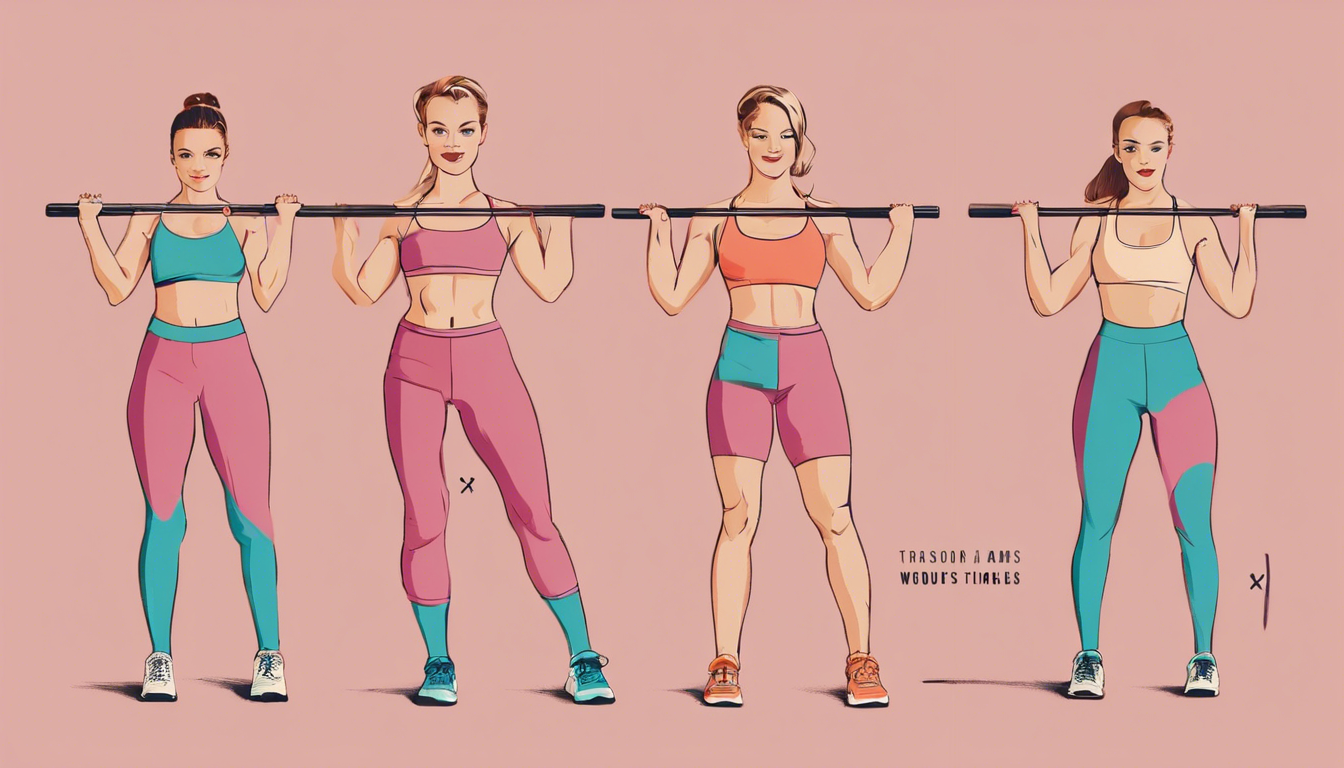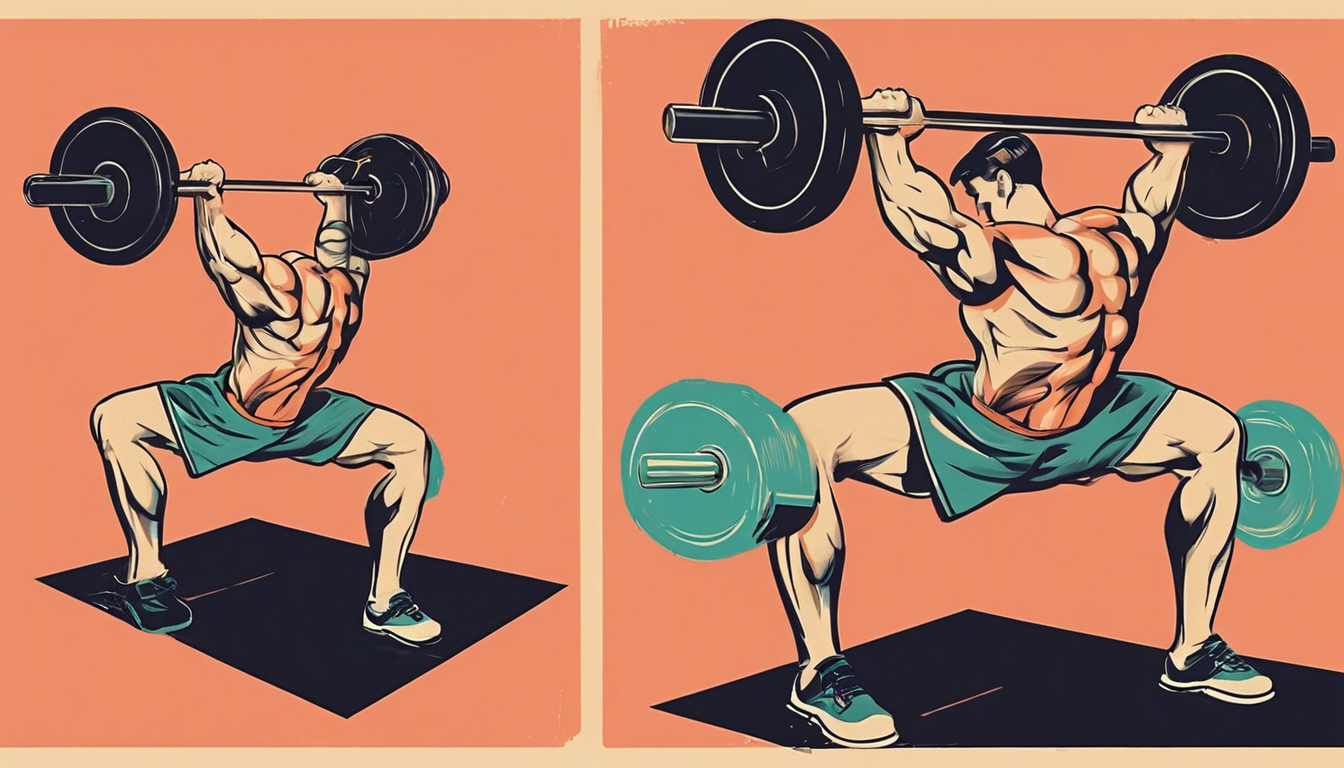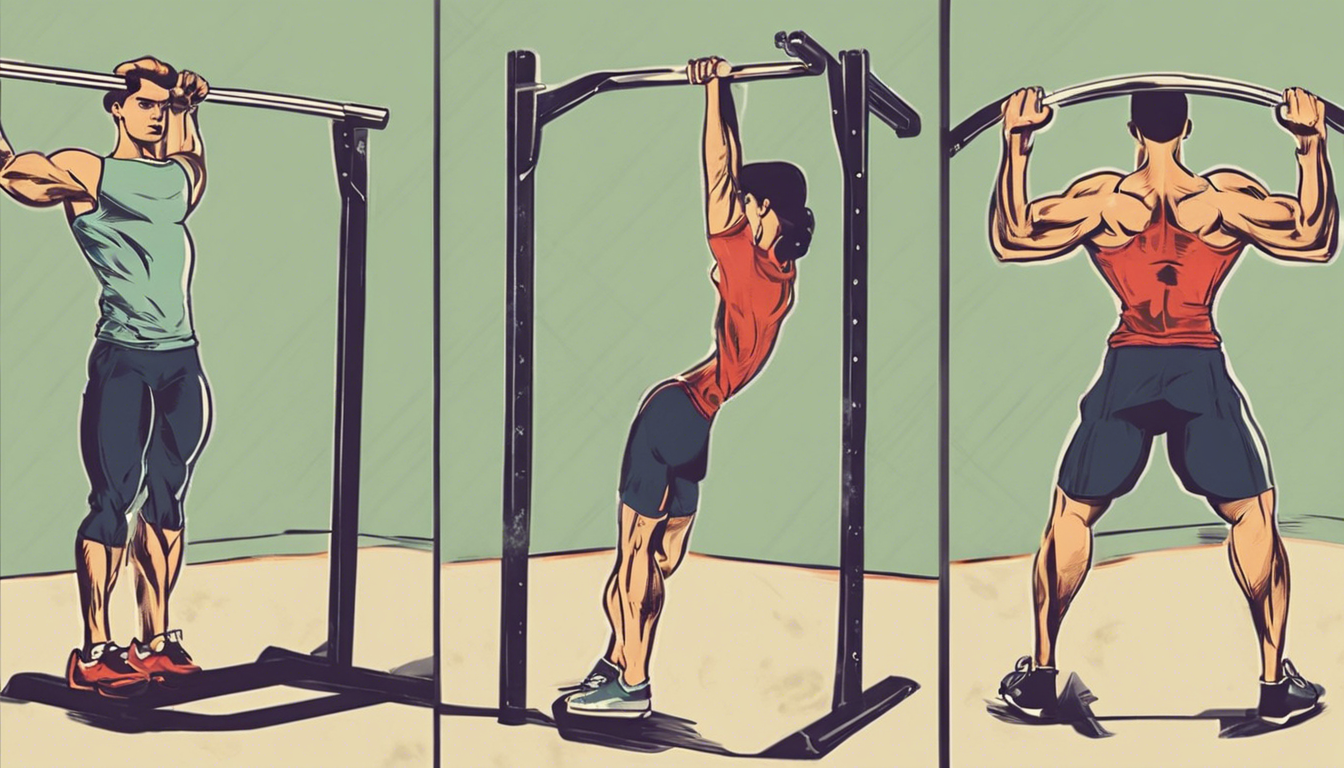
Getting Started with Fitness Bars: Your Blueprint for Home Gym Mastery
The Vision of a Home Gym Revolution
Imagine transforming a spare corner, your garage, or even a patch of living room floor into a personal strength sanctuary. A place where progress is measured in plates added and personal records broken, on your schedule. This vision hinges not on a room full of expensive machines, but on mastering the most fundamental tool in strength training. The fitness bar—in its various forms—is the versatile, foundational engine that makes this revolution possible. Getting started with fitness bars is the critical, deliberate first step to unlocking superior strength, sculpted muscle, and elevated athletic performance entirely on your own terms.
Foundational Choices: Selecting Your Fitness Bar Hardware
Your bar is your primary training partner; it is the conduit through which force is applied and progress is forged. Choosing the right one is not a mere purchase, but the construction of your training foundation. This decision dictates the exercises you can perform, the weight you can handle, and the safety of your practice.
Part A: Type and Purpose
Your first decision is selecting the bar that aligns with your goals and space.
- Olympic Barbell (7ft, 20kg/45lbs): The gold standard for serious strength training. Its 2-inch rotating sleeves are designed for Olympic weight plates and heavy loading. This is the bar for squats, deadlifts, bench presses, and cleans. It demands more space and a robust platform.
- Standard Barbell (1-inch diameter sleeves): The pragmatic choice for limited spaces and lighter loads. It uses the less expensive, common 1-inch weight plates. Ideal for beginners, home gyms with lower ceilings, or focused work on curls and presses where extreme load is not the goal.
- Specialty Bars: Tools for advanced comfort and targeting.
- EZ-Curl Bar: The angled grip reduces wrist and elbow strain during bicep curls, tricep extensions, and rows.
- Trap Bar (Hex Bar): A game-changer for deadlifts. By allowing you to stand inside the bar with a neutral grip, it places less stress on the lower spine and often allows for greater weight to be lifted, making it superb for building leg and back strength.
Part B: Key Specifications and Features
Beyond type, these specifications define performance and feel.
- Weight & Capacity: Know the bar’s own weight (typically 20kg for Olympic, 10-15kg for standard) and its maximum load rating. A 1500lb capacity Olympic bar is overkill for most; a 300lb cap may be limiting.
- Knurling: This machined, rough pattern provides grip. Look for a moderate, consistent knurl for general use. Aggressive knurling is for competitive lifters; passive knurling can be slippery.
- Sleeve Rotation: Crucial for Olympic bars. Smooth-rotating sleeves reduce torque on your wrists and elbows during dynamic movements like cleans or snatches. Standard bars typically have fixed sleeves.
| Bar Type | Key Characteristics |
|---|---|
| Olympic Barbell |
|
| Standard Barbell |
|
| Trap Bar (Hex Bar) |
|
| EZ-Curl Bar |
|
The Core System: Your First Bar Workouts & Safety
A fitness bar is not a static object; it is a system for applying the principle of progressive overload. Your initial success depends on managing three critical variables: movement, load, and safety.
Variable 1: Foundational Movement Patterns
Forget isolated muscles. Barbell training is built on multi-joint, human movement patterns. Master these five with an empty bar:
- Squat: The king of lower body exercises. Learn to break at the hips and knees, keeping your chest up and back tight.
- Hinge (Deadlift): The powerhouse for posterior chain. Push hips back, maintain a neutral spine, and drive through heels.
- Press (Overhead & Bench): Develops upper body pushing strength. Focus on stable shoulders and a full range of motion.
- Pull (Bent-Over Row): Balances pressing movements. Hinge, then pull the bar to your torso, squeezing shoulder blades.
- Lunge: Builds unilateral stability and leg strength. Step forward or backward, lowering until both knees are bent at 90 degrees.
Variable 2: Load and Progression
Weight is your dial for progress. Start with just the bar—or a fixed-weight beginner’s bar if the Olympic bar is too heavy. Add weight only when you can perform all prescribed reps with flawless form. The rule of thumb: increase by no more than 5-10 lbs (2.5-5 kg) per week on major lifts. This is progressive overload in its purest, safest form.
Variable 3: Safety and Setup
Your environment is part of the system. These are non-negotiable:
- Collars: Always use spring clips or lever collars to secure plates. A shifting load is dangerous.
- Floor Protection: Use a lifting platform, horse stall mats, or dedicated rubber tiles to protect your floor and dampen noise.
- Failing Safely: Practice how to miss a rep. For squats, learn to dump the bar backward. For bench press, never clip the bar; you can roll it down your body (the “roll of shame”) in a pinch. Better yet, use safety arms or a power rack.
Advanced Practices: Building Your Barbell Routine
Once the movements are grooved, the next phase is structuring your practice for continuous adaptation and growth.
Preparation: Your Weekly Training Split
Consistency beats intensity. For beginners, a full-body routine performed 3 times per week is optimal. It reinforces patterns frequently and maximizes hormonal response. An example framework:
- Day A: Squat, Bench Press, Bent-Over Row
- Day B: Deadlift, Overhead Press, Chin-Ups (or Lat Pulldowns)
- Alternate A and B, with at least one rest day between sessions.
Ongoing Inputs: Technique Before Weight
Your focus must remain on quality. Record your sets to self-critique. Structure each lift with warm-up sets: start with the empty bar, then add 25-50% of your working weight for a few reps, gradually building up to your “work sets”—the challenging, rep-completing weight. Never let warm-ups induce fatigue.
Selection and Strategy: When to Expand Your Arsenal
Your first bar is a gateway. Signs you’re ready for a second include: consistent training for 6+ months, a clear need for joint comfort (prompting an EZ-curl bar), or a desire to specialize (a Trap Bar for explosive deadlift power). Even then, the core barbell movements should remain the pillars of your routine, with new tools serving as enhancements, not replacements.
Threat Management: Avoiding Plateaus and Injury
Mastery is not just about pushing forward; it’s about intelligent navigation. Adopt a proactive stance where prevention is your primary strategy.
Prevention: The Pillars of Longevity
The strongest lifters are the most consistent, and consistency requires health. Prioritize a dynamic warm-up before every session and dedicated mobility work on off-days. Schedule a deload week every 4-8 weeks, where you reduce weight or volume by 40-60%. This is not regression; it’s strategic recovery that prevents overuse injuries and mental burnout. Chase perfect form, not ego-driven weight.
Intervention: Breaking Through Common Barriers
When progress stalls, diagnose correctly. Is it a form breakdown (the bar path wobbles, joints cave in)? If so, reduce weight and re-groove the pattern. Is it a true strength plateau (form is solid but the weight won’t budge)? Implement a tiered response: First, take your scheduled deload. Then, consider technique refinement via video analysis. Finally, employ micro-loading—adding 1-2 lb increments instead of 5—to nudge progress forward.
| Phase | Primary Tasks | Focus On |
|---|---|---|
| Month 1: Technique Acquisition | Practice the “Big 5” patterns 3x/week with empty bar. Research and watch tutorials. Set up your safe space. | Neuromuscular connection, building mind-muscle awareness, establishing the habit. |
| Month 2: Consistent Loading | Add small, incremental weight each session. Record final sets for form checks. Implement a basic 3-day full-body split. | Form under light load, building confidence with the apparatus, learning to “feel” correct movement. |
| Month 3: Structured Progression | Follow a planned progression scheme (e.g., add 5lbs to squat weekly). Introduce your first planned deload week. Consider first accessory exercises. | Sustainable, linear progress. Listening to your body’s recovery signals. Making training a non-negotiable part of your lifestyle. |
The Lifelong Strength Journey
True mastery begins with the deliberate, informed act of getting started with fitness bars. This journey transforms from selecting that first piece of steel to executing a personalized, evolving training plan that responds to your body’s feedback. It builds more than muscle; it forges resilience, patience, and a profound confidence that radiates beyond your home gym. The bar becomes a mirror, reflecting your discipline, and a lever, moving not just weight, but the very trajectory of your health. This is the ongoing reward of the practice: a stronger body, a sharper mind, and the unparalleled satisfaction of being the architect of your own transformation.





